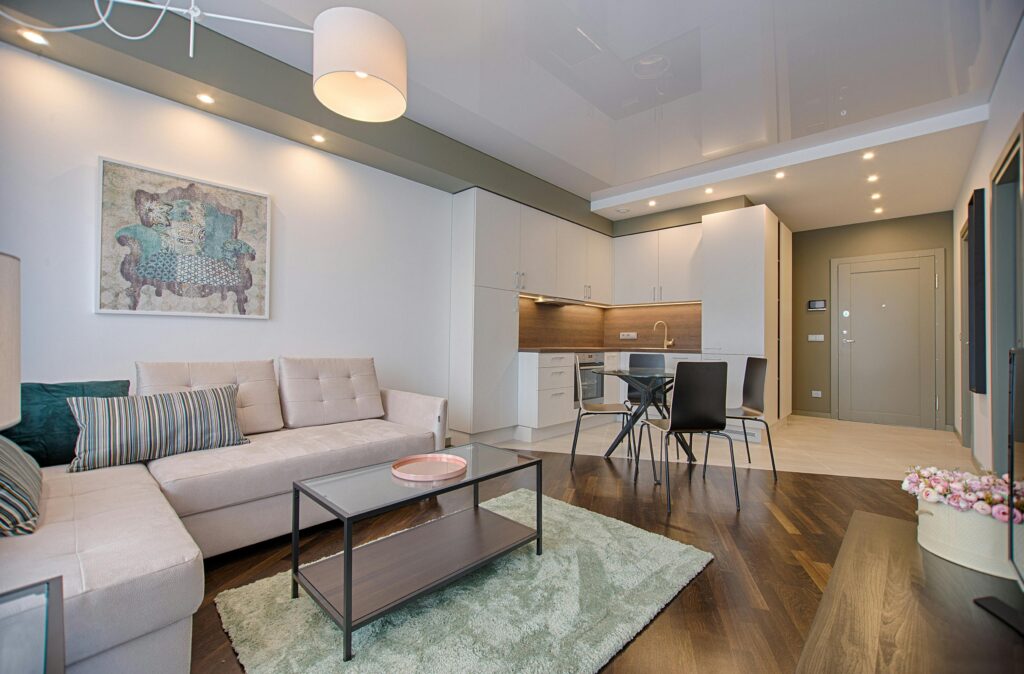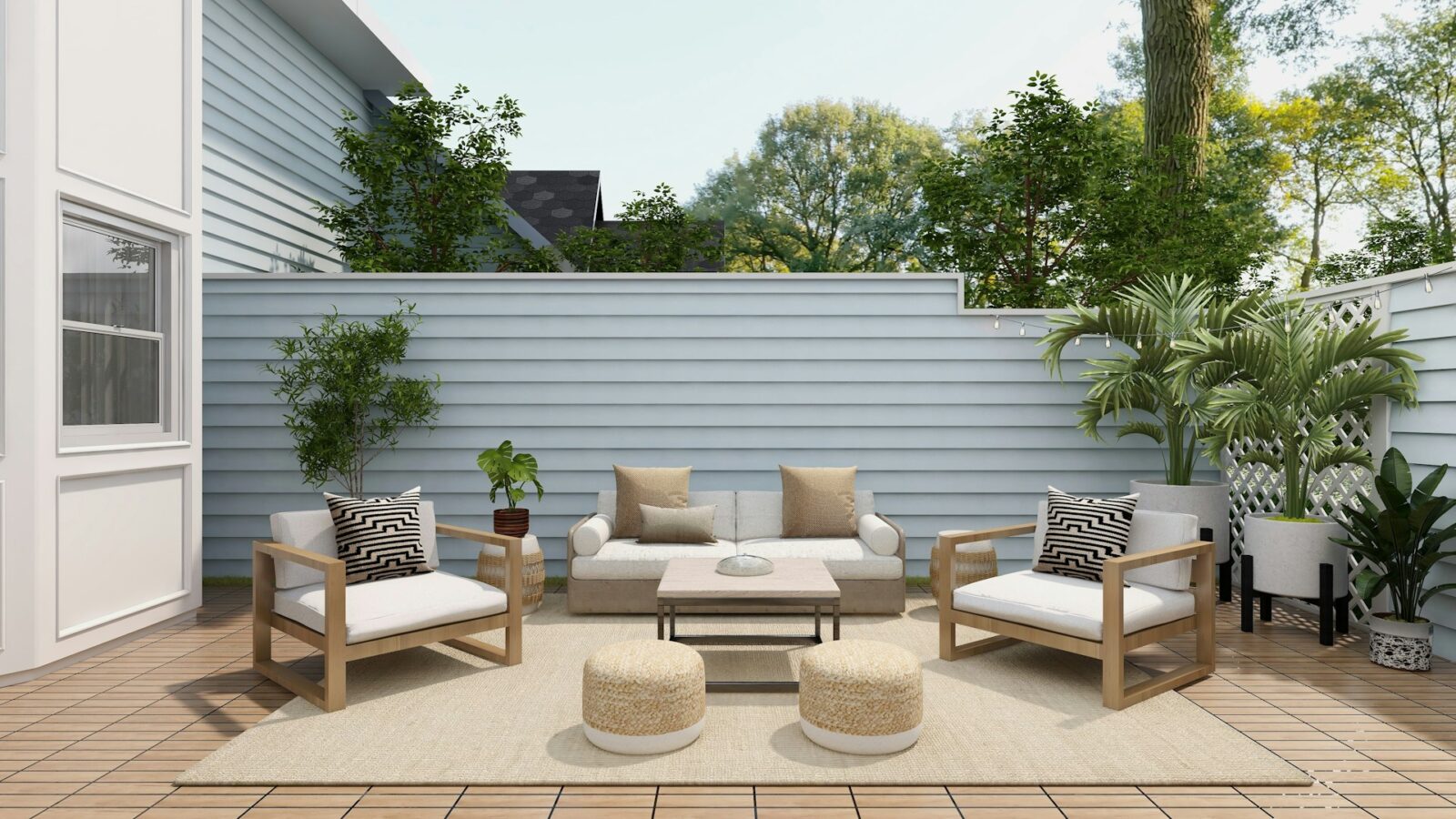As the warm sun beckons us outdoors, creating a cozy retreat in your garden or patio becomes an irresistible idea. But have you thought about how your choice of outdoor furniture impacts the environment? Embracing sustainable and eco-friendly options allows you to enjoy nature while protecting it at the same time. With so many stylish choices available today, transforming your outdoor space into an eco-conscious oasis is easier than ever. Let’s dive into why choosing sustainable outdoor furniture matters and discover some beautiful options you’ll love!
Benefits of Choosing Sustainable Options
Choosing sustainable outdoor furniture brings a plethora of advantages. First and foremost, it minimizes your environmental impact. By opting for eco-friendly materials, you help reduce pollution and conserve natural resources.
Sustainable options often boast superior durability. Many pieces are designed to withstand the elements better than traditional alternatives, meaning fewer replacements over time.
Another significant benefit is health-related. Eco-friendly options typically avoid harmful chemicals found in conventional products, resulting in safer spaces for you and your family.
Moreover, investing in sustainable furniture can enhance the aesthetic appeal of your outdoor space. The natural materials used often provide a unique charm that plastic or synthetic items can’t replicate.
Supporting brands committed to sustainability fosters ethical consumerism. Your choice contributes positively towards creating a greener future while promoting responsible manufacturing practices within the industry.

Types of Sustainable Materials Used in Outdoor Furniture
Sustainable outdoor furniture is crafted from various eco-friendly materials that prioritize both durability and environmental impact.
Bamboo is a popular choice due to its rapid growth and strength. It’s lightweight yet incredibly resilient, making it perfect for outdoor settings.
Recycled plastic lumber offers another innovative option. Made from post-consumer plastics, this material looks great while keeping waste out of landfills.
Teak wood remains a classic favorite thanks to its natural resistance to the elements. Sustainably sourced teak helps preserve forests while providing long-lasting beauty.
Aluminum is also gaining traction for modern designs. Lightweight and rust-resistant, recycled aluminum reduces energy consumption in production processes.
Organic fabrics such as hemp or recycled polyester are often used for cushions and upholstery, ensuring comfort without compromising sustainability. Each of these materials contributes to stylish outdoor spaces that respect our planet’s resources.
Top Eco-Friendly Outdoor Furniture Brands
When searching for eco-friendly outdoor furniture, several brands are leading the way. They combine sustainability with stylish design.
One standout is **Loll Designs**. Based in Minnesota, this brand uses recycled materials to create durable and modern pieces that brighten any patio.
Another great option is **Polywood**. Their innovative approach involves repurposing plastic waste into beautiful furniture that withstands the elements while maintaining its charm.
For a more natural aesthetic, check out **Vifah**. This brand specializes in using sustainably sourced wood to craft stunning outdoor collections that invite relaxation.
If you prefer an artisan touch, explore **Outer**. They focus on environmentally friendly practices and offer modular designs perfect for adaptable spaces.
These brands not only provide high-quality products but also commit to protecting our planet through responsible sourcing and production practices.
Tips for Maintaining and Caring for Sustainable Outdoor Furniture
Taking care of sustainable outdoor furniture is simple and rewarding. Start by regularly cleaning your pieces with mild soap and water. This helps remove dirt while preserving the eco-friendly finish.
Avoid harsh chemicals that can damage natural materials. If your furniture features wood, consider applying a natural oil or sealant to enhance its lifespan and maintain its beauty.
Protecting your furniture from extreme weather conditions is also essential. Use covers during rainy seasons or store them indoors when not in use for extended periods.
Inspect for signs of wear regularly; catching issues early can save you time and money. A gentle scrub with a soft brush can revive surfaces without causing harm.
Embrace small repairs instead of replacements whenever possible. This approach not only extends the life of your outdoor furniture but also aligns perfectly with sustainable living principles.
Alternatives to Purchasing New Furniture
When it comes to eco-friendly outdoor furniture, purchasing new may not always be the only option. There are several alternatives that allow you to embrace sustainability while still enjoying a beautiful outdoor space.
Consider shopping secondhand or antique stores for unique and durable pieces. Vintage outdoor furniture often boasts quality craftsmanship and can add character to your patio or garden. Websites dedicated to resale items can also yield fantastic finds, allowing you to give pre-loved furniture a new lease on life.
Another option is upcycling existing pieces. An old wooden chair might just need a fresh coat of paint or some cushions to become an eye-catching addition. Creative DIY projects not only reduce waste but also let your personality shine through in your outdoor décor.
Renting outdoor furniture for events is another sustainable choice worth exploring. This approach reduces the demand for new manufacturing and allows you to enjoy high-quality pieces without long-term commitment.
If you’re handy, consider building your own sustainable outdoor furniture using reclaimed materials like pallets or lumber from deconstructed buildings. This way, you create something entirely unique while minimizing environmental impact.
These alternatives enrich both your living space and contribute positively toward a more sustainable future in home furnishing choices. Embracing them helps ensure that we keep our planet thriving while still creating inviting spaces outdoors.










Leave a comment